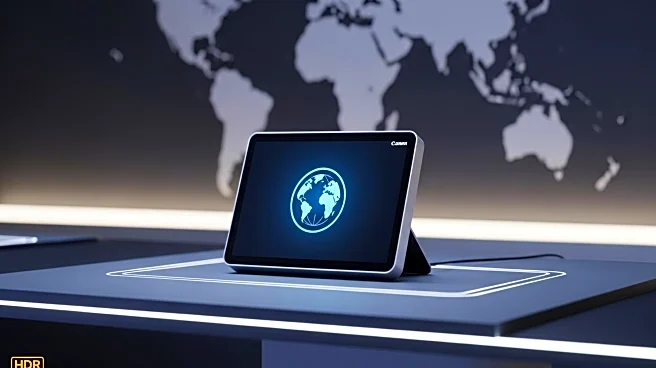What's Happening?
AOL has officially discontinued its dial-up internet service, a move that marks the end of an era for the company that once dominated the early internet landscape. The decision was announced in a brief update on AOL's support site, stating that the company routinely evaluates its offerings and has decided to discontinue dial-up and associated software optimized for older operating systems. AOL, originally known as America Online, introduced many households to the internet in the 1990s and early 2000s with its dial-up service. Despite the rise of broadband and wireless internet, a small number of users, estimated at 163,401 households in the U.S., continued to rely on dial-up as of 2023. AOL's decision to end this service reflects the broader decline of dial-up internet as newer technologies have become more prevalent.
Why It's Important?
The discontinuation of AOL's dial-up service signifies a significant shift in the internet landscape, highlighting the transition from older technologies to modern broadband and wireless solutions. This move affects the remaining users who relied on dial-up, pushing them towards more contemporary internet services. For AOL, this marks a further step away from its historical identity as a pioneer in internet services, as it continues to operate under the Yahoo brand following its acquisition by a private equity firm. The end of dial-up also reflects broader trends in technology, where legacy services are phased out in favor of more efficient and faster alternatives, impacting how users access and interact with the internet.
What's Next?
As AOL phases out its dial-up service, affected users will need to transition to alternative internet providers offering broadband or wireless services. This shift may involve challenges for users in remote areas where such services are less accessible. For AOL, the focus will likely continue on its remaining services, such as email and tech support subscriptions, as it adapts to the evolving digital landscape. The broader industry may see similar moves from other legacy providers as they streamline their offerings to align with current technological advancements.










